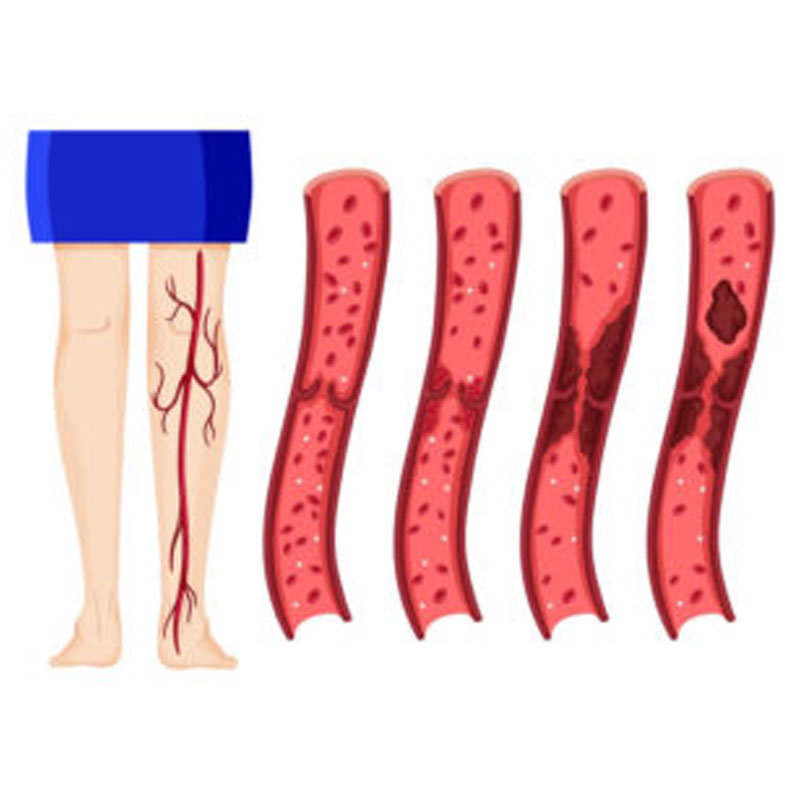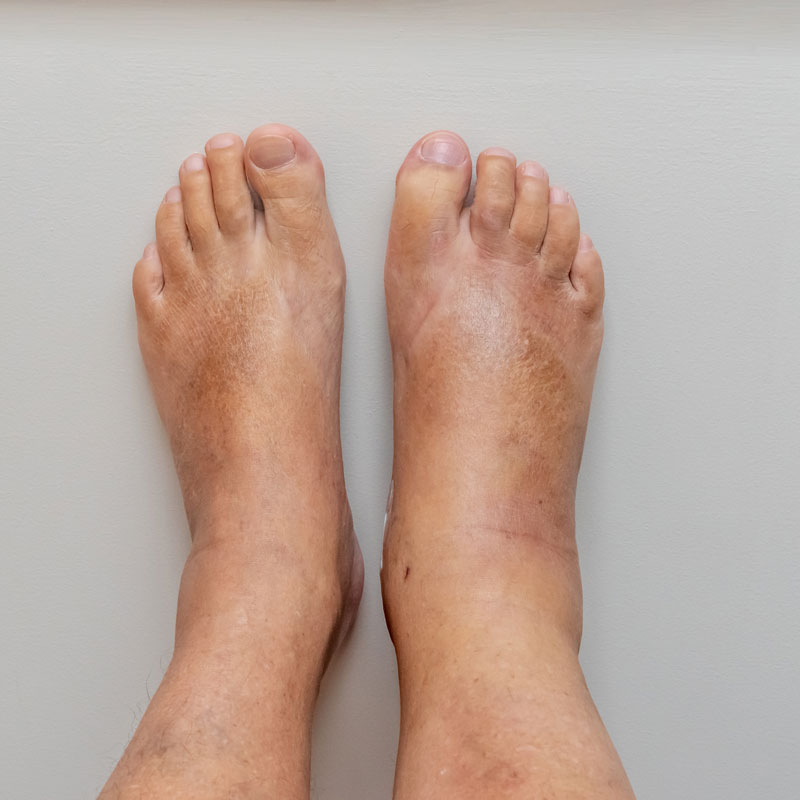Deep Vein Thrombosis (DVT)
We Offer Treatment for Blood Clots in Veins
Arizona Vein & Laser Institute provides deep vein thrombosis (DVT) treatment to patients throughout Arizona. Whether you’re in Phoenix, Glendale, Chandler, Surprise, Avondale, or Scottsdale, we’ve got you covered. Read on to learn more about DVT, its causes, symptoms, and available treatment options.
What is Deep Vein Thrombosis?
Deep vein thrombosis (DVT) is a condition caused by the formation of a blood clot located within a deep vein. DVT typically occurs in the thigh or lower leg but has been known to occur in other parts of the body as well. If left undiagnosed and untreated, DVT can cause severe damage to other blood vessels and internal organs, putting an individual at high risk for death.
The Causes of Deep Vein Thrombosis
DVT is caused by a blood clot in a deep vein, usually in the thigh or leg. Various factors, including pregnancy, obesity, smoking, a broken bone near a major vein, or a prolonged sedentary lifestyle, can cause a DVT blood clot. DVT is often difficult to identify and diagnose due to its symptomatic similarities with other conditions. Reach out today to learn more about DVT causes.

The Symptoms of Deep Vein Thrombosis
DVT symptoms can vary slightly from person to person. Common symptoms of DVT include, but are not limited to, the following:
- Swelling in the lower extremities, usually on a single side
- Cramping, usually beginning in the calf
- Severe and sudden pain in the foot or ankle
- Increased warmth in a localized area of the skin
- A reddish or bluish color change to a localized area of the skin

Obtaining a DVT Diagnosis
If you are suffering from any of the above symptoms, it is important to meet with a medical professional as soon as possible. The longer DVT is left undiagnosed and untreated, the greater an individual’s risk for organ damage and untimely death. At Arizona Vein & Laser Institute, we offer comprehensive diagnosis and treatment procedures for patients suffering from DVT in all areas of the body.
We typically diagnose DVT by performing a physical examination during which a patient will be asked questions about their medical history. A pain-free ultrasound will then be performed to detect the presence of blood clots. We may also recommend venography, a procedure where dye is injected into the body to better identify blood clots. Reach out today to learn more about obtaining a DVT diagnosis.
We Offer Professional DVT Treatment Options
At Arizona Vein & Laser Institute, we offer multiple DVT treatment options, including thrombolysis, thrombectomy, and venoplasty. The type of treatment that is best suited for you and your unique needs will depend on the severity and location of your clot. For small blood clots, patients are prescribed blood thinners. For larger, more severe clotting, one of the three following methods may be used to treat DVT:
Thrombolysis
Thrombolysis is a procedure that helps to dissolve dangerous blockages in blood vessels through drugs administered via IV injection, preventing damage to tissues and organs.
Thrombectomy
Larger and more severe blood clots must often be surgically removed to fully restore circulation and prevent further damage to surrounding tissues and organs.
Venoplasty
This procedure uses an inflatable balloon to widen veins and improve blood flow, alleviating the blockage caused by a blood clot. Often, a stent is used in tandem with a venoplasty.
Contact Our Team Today for DVT Treatment
At Arizona Vein & Laser Institute, patients throughout Arizona can expect state-of-the-art treatment and care. To learn more about DVT treatment or to schedule an appointment with our medical professionals, contact us today. We look forward to providing you with premier services and treatment options.
Customer Reviews
I have been going to Dr Sharma for many years. I highly recommend him for any vein issues. He’s very professional and so is his staff!
I've been getting treatment for about a year. I had another issue that stopped treatment for a few months. Everyone was very understanding and concerned about my well-being. When I was able to return, everyone remembered me and ask how things went. I've made massive improvements in my veins and friends that I cherish.
